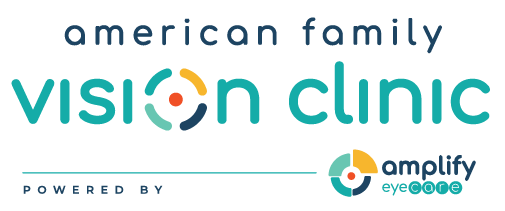Results: 315 patients enrolled in the study; 113 patients had complete WHO/PBD-VFQ and visual acuity data from all three administrations. The mean preoperative visual acuity in the surgical eye was 20/327. Following cataract surgery but before glasses, visual acuity improved to 20/57. Total WHO/PBD-VFQ and subscale scores improved significantly at the 3-month point. With glasses, visual acuity improved to 20/43. Total WHO/PBD-VFQ scores did not change following glasses, although the overall and near vision subscales did improve significantly. Glasses were worn once per week or less in 56% of patients.
Conclusion: Postoperative glasses result in modest improvements in visual acuity. Total WHO/PBD-VFQ scores did not change significantly following glasses, but the overall and near vision subscales did improve. The net beneficial effect of glasses was small relative to cataract surgery itself.









